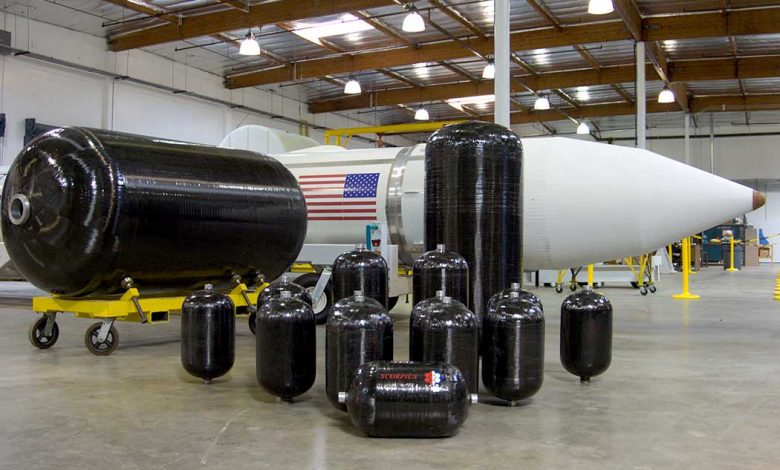
ABS, OceanFinance and Scorpius Space Launch Company (SSLC) are joining forces on the Space Tech4Sea project to adapt composite technologies developed for the space industry to LNG shipping.
The project, attracting more than €1m grant funding from the European Commission, aims to apply composite technology, which is lighter and more cost-effective, as a competitive alternative in LNG as marine fuel designs, principally for short sea shipping.
“ABS remains at the forefront of LNG innovation by partnering with groundbreaking companies all over the world. Existing LNG tank technology can make adoption of the fuel prohibitively expensive. This composite technology has proven itself in other industries; we are committed to learning how to safely apply those lessons to benefit the maritime industries,” said ABS vice president for global gas sSolutions, Patrick Janssens.
The three-year development project will adapt SSLC’S Presurmaxx composite tanks for marine applications based on its current use in a range of industries and more than 200 clients including NASA. Composite carbon fibre technology allows development of ultralight compact tanks, making LNG as fuel feasible for a broader range of marine vessels.
“This technology is a game-changer product that will unlock latent demand for LNG as marine fuel. The benefit of leveraging this US space technology, to improve the environment in European sea basins, is obvious. We expect introduction of this innovative product will enable sales of more than 2,000 tanks in the next 10 years,” said managing director, OceanFinance, Dr Panayotis Zacharioudakis.
“Composite technology can make LNG a compelling choice for ship owners. The size and weight of existing technology reduces capacity and increases the need for additional horsepower. Composite tanks will remove these issues, offering significant improvement in vessels’ OPEX and CAPEX, making LNG as a marine fuel viable for a wide range of marine applications,” said SSLC president and CEO Markus Rufer.
The joint team’s goal is creating tanks which will attract newbuildings and LNG as a marine fuel retrofits by cutting costs, reducing weight and increasing vessels’ cargo capacity. The technology, which offers weight savings up to 80 percent over existing equivalent LNG tank designs and is not affected by corrosion, also introduces space technology safety standards to marine operations.
While the tanks are currently made by hand, the project aims to adopt a highly automated production line to ensure a competitive pricing level.
